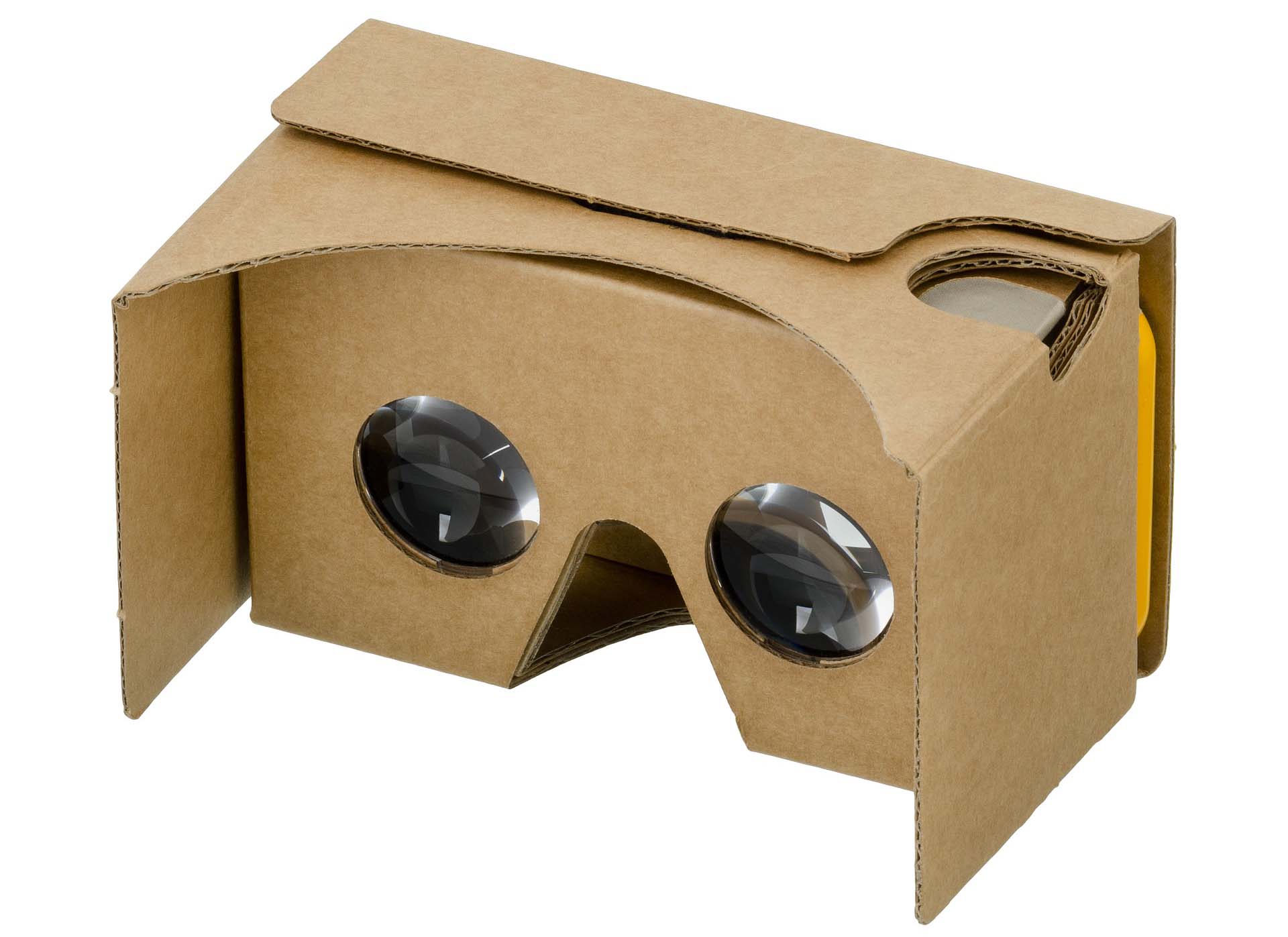
Virtual Reality: Show, Don’t Tell
You have probably seen or used a Google cardboard or another version of a virtual reality (VR) headset.
Maybe you’ve gone skydiving, or taken a new look at Stranger Things, or put yourself into the space of The Displaced.
In 10 Shots Across the Border, the filmmakers tell the story from two physical perspectives. In doing so, they achieve an amazing and heart wrenching example of the effectiveness of showing rather than telling. You may have found some virtual reality gimmicky, but, when you use it purposefully and effectively, your viewers can find it a transformative experience.
At SXSWedu, I had the chance to meet the Daily 360 team from The New York Times. They shared some tips on how to capture the best VR footage.
They broke the filming process down into four essential steps.
As with any filming project, the first step centers on the story. You must ask ‘What is the story, and is it the right story for virtual reality?’ In VR stories you don’t use manipulative editing to the same extent. You have to think about where you will be filming and the point of filming in that location. These stories are all about putting the viewer in a specific place.
Once you identify a story, the second step is to set a “bear trap” for your footage. Think about it this way: If the movies you have seen or made in the past have told their stories through point and shoot camera work, they isolated images from the whole and directed viewers to look at one thing at a time. That kind of filmmaking resembles hunting with a rifle. When filming with VR, you need to set a bear trap and wait for the bear (or really, the story) to come to you. And, you have to remember to hide your production. Because the camera films the entire 360 degrees. If your viewer sees the camera, the camera operator, lights, or sound equipment you will break the illusion.
The third step is to take your audience to the place where the story happens. You will immerse them in an environment. They can look anywhere within sight of the camera’s lenses. For this reason, you need to remain constantly aware of what’s visible. Instead of concentrating on the narrow frame, now you need to think about the whole environment and how your viewer can consider everything in it.
The fourth step involves thinking about the comfort of the viewer. The NYT team called this “Hold My Head.” Consider your viewer your guest in the space. Think about what they will go through when they watch (and navigate) your movie. Essentially, put your camera where you want your viewer’s head to be in the space. Set the tripod to the height necessary so that the viewer feels comfortable. Then think about whether or not the viewer should move through the space. Situating them in the environment will help you get the best footage.
Once you’ve captured the footage, recognize the differences between a VR piece and traditional editing. In traditional editing, shot length can vary wildly. Sometimes it lasts less than a second or it can last five or six seconds. But in VR, even thirty seconds might not suffice for the viewer to absorb what happens around them. Be patient. Recognize that this is a different form of storytelling and new rules apply.
The overall length of the piece is also important. Today, the NYT team tries to create work that averages around five minutes, but we think that the length will increase as viewers become more comfortable with the medium.
We’re just starting to scratch the surface. New things will happen when we put our viewers into a situation, instead of in front of it. Some have called VR a machine for building empathy. Others find value in using VR for training videos. We must still evaluate its effectiveness in the classroom. In the meantime, if we think of VR as a living medium, we can find ways to make the best use of it.
If you’re interested in getting started, Samsung’s Gear 360 costs around $300 and it’s what the NYT team uses for their Daily 360 work.
